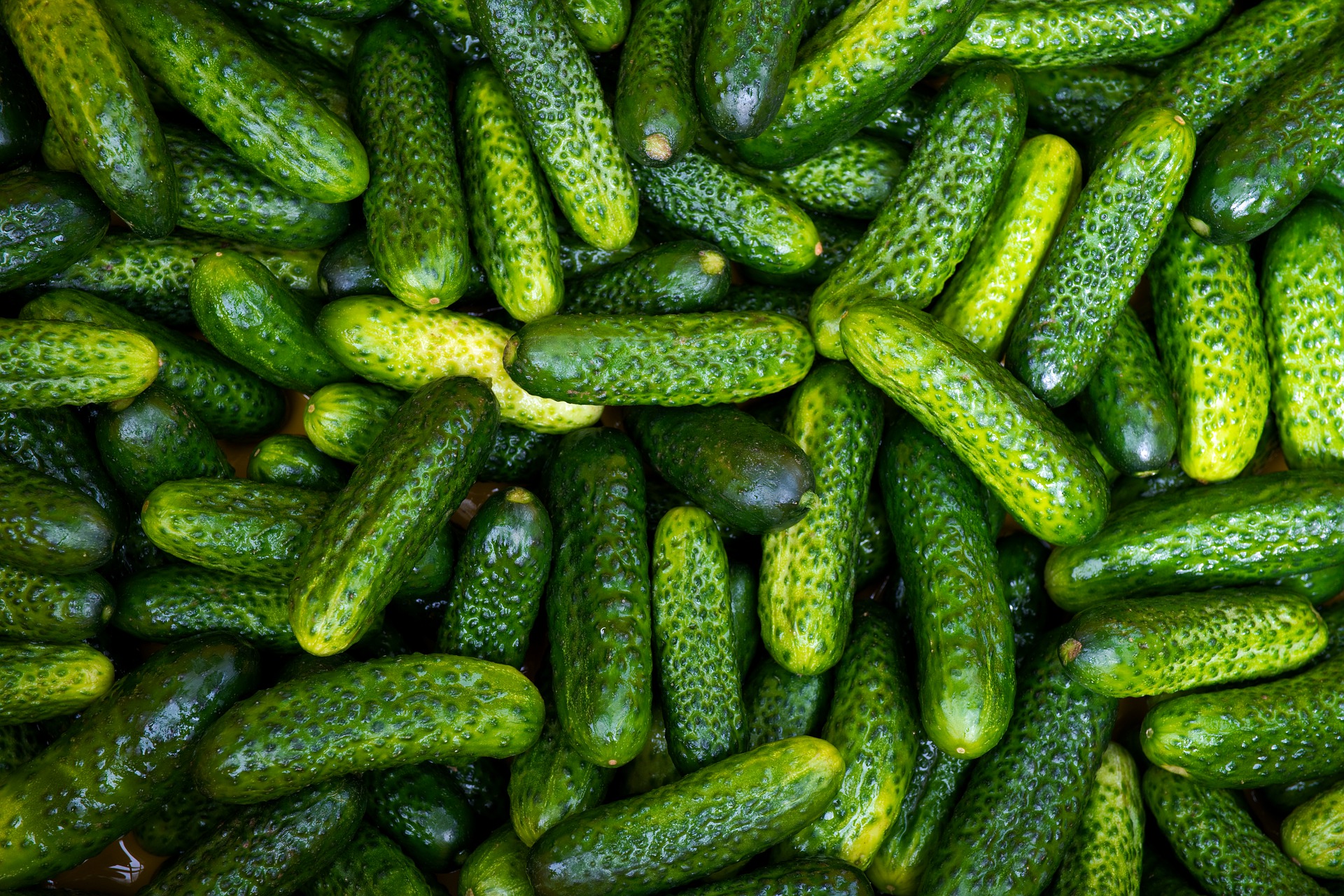Seedlings can be grown on beds or in containers, with container cultivation offering several advantages, making it more commonly used.
Advantages of container cultivation for seedlings:
- Uniform Growth: Seedlings grown in containers have uniform vegetative space, allowing for consistent plant growth and high uniformity among seedlings.
- Quality Substrates: Ready-made substrates with good water-air ratios, high water retention, and sufficient nutrients for full seedling development are used. These substrates are sterilized and free of disease pathogens, pests, and weed seeds, unlike regular soil.
- Reduced Transplant Shock: Transplanting with the substrate attached to the roots reduces stress compared to seedlings with bare roots, allowing for continuous growth. These seedlings establish more easily and quickly, making replanting almost unnecessary. Unlike bare-root seedlings, container-grown seedlings can be transplanted into soil that may not be at optimal moisture and can be planted throughout the day, optimizing the use of planting equipment and allowing for planting on larger areas within the optimal timeframe.
- Earlier Harvest: Container-grown seedlings mature earlier and generally yield more than bare-root seedlings grown on beds.
- Cost-Effective for Hybrids: Container cultivation is particularly suitable for hybrid vegetable production, where the high cost of seeds makes it crucial to produce quality seedlings from each seed.
Polystyrene or plastic containers are used for growing seedlings. They are typically standard sizes, usually 50 cm long and 33 cm wide, allowing six containers per square meter. The container size for growing cucumber seedlings must be at least 100 cm³, allowing 40 cucumber seedlings to be grown in one standard-sized container.
Ready-made substrates with good water-air ratios, high water retention, and sufficient nutrients for full seedling development are used for sowing cucumbers in containers. These substrates are sterilized and free of disease pathogens, pests, and weed seeds.
Sowing can be done manually or with a pneumatic seeder.
Seedling Cultivation and Care of Emerging Plants:
Containers are placed in protected areas, slightly elevated above the ground using bricks or stone blocks, supported by concrete rebar or wooden slats. This elevated position allows for faster and better heating, and the air space beneath the containers prevents roots from growing through the holes at the bottom of the seedling cells, ensuring easy extraction during transplanting.
The substrate should be kept moderately moist throughout the seedling growth period. Due to the relatively small volume of seedling cells in containers, watering should be done in the morning, with moisture maintained during the day through misting. It is desirable for the plants to remain dry in the evening and at night. Rainwater collected from the structures, well water, or clean water from natural watercourses is best for watering. Direct watering with tap water is not ideal as it is usually significantly colder, which can negatively affect seedling development. Watering is done using automatic irrigation systems with sprinklers that produce extremely fine droplets, which do not damage young plants or compact the substrate. If watering is done manually, it is necessary to use sprinklers that also produce very fine droplets. With an automatic irrigation system, foliar fertilizers such as Fertina P, Profert Mara, Kristalon, and others can be applied as needed. Foliar feeding is applied when there is a noticeable loss of dark green color, which often occurs if seedlings cannot be transplanted at the optimal development stage and must remain in containers for an extended period.
Using quality treated seeds and growing in sterilized substrate generally eliminates the need for disease protection for cucumber seedlings during container cultivation. However, before transplanting, it is advisable to treat the seedlings preventively with a contact fungicide based on the active ingredient mancozeb at a concentration of 0.2% or copper-based fungicides.
A week before the planned transplanting date, protected spaces should be maximally opened to expose seedlings to direct sunlight, helping them better adapt to the full spectrum of sunlight they will experience after transplanting into the field. Before transplanting, the substrate must be moderately moist, which allows for easy extraction of cucumber seedlings with substrate attached to the roots. If the substrate is too wet, it falls off the roots during planting; if it is too dry, the plants will establish poorly in the field.
Microclimatic Conditions for Seedling Cultivation:
To ensure rapid germination, containers are placed in germination chambers where the optimal temperature is maintained (at 27°C, seeds germinate in 2 days) with complete air saturation achieved using micro-sprinklers that create a mist of fine droplets.
In germination chambers, containers remain for several days until seeds sprout. They are then moved to heated protected spaces where a consistent optimal temperature is maintained day and night until seeds fully germinate, along with maintaining substrate moisture.
After young plants emerge and develop their first cotyledon leaves, the temperature in the protected space should be reduced to 21°C, with the night temperature being 3 – 4°C lower than during the day, along with regular ventilation and substrate moistening. This temperature regime, maintained with ventilation and active air circulation for 25 – 30 days, is sufficient for developing quality seedlings. At this stage, seedlings are 20 – 25 cm tall with 4 – 6 true leaves. In conditions of excessive temperatures after germination, elongated and fragile seedlings of poor quality and lower productivity are obtained.













































